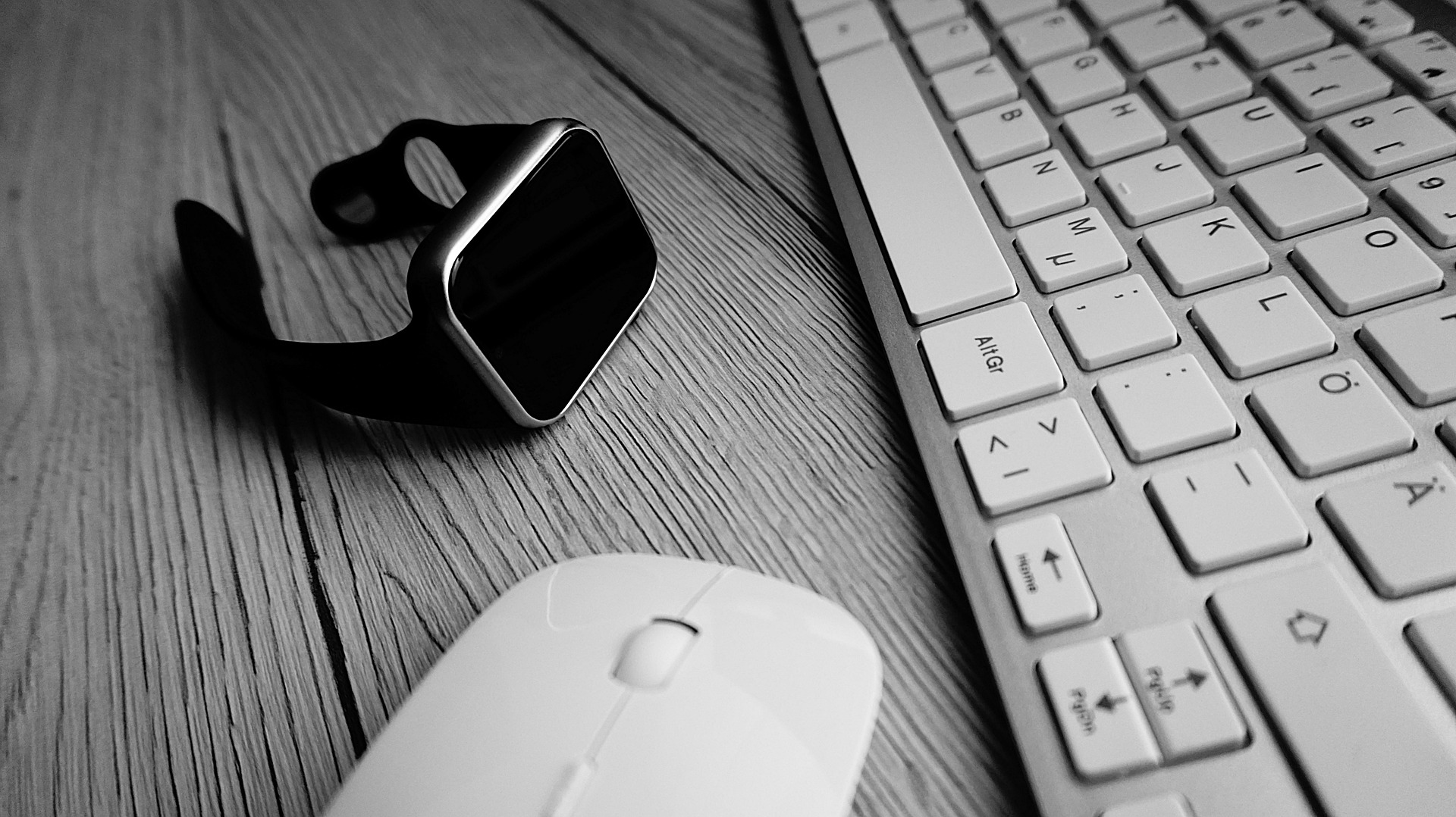The Evolution of Glucose Monitoring: Smart Watches Transforming Diabetes Management
The intersection of wearable technology and healthcare has revolutionized how people with diabetes monitor their blood glucose levels. Smart watches with glucose monitoring capabilities represent a significant advancement in diabetes management, offering convenient and continuous tracking options that integrate seamlessly with daily life. This article explores the current state of glucose monitoring smartwatches and their impact on diabetes care.

How Smartwatches Work with Continuous Glucose Monitors
Modern smartwatches don’t directly measure blood glucose levels but instead pair with FDA-approved continuous glucose monitoring (CGM) sensors. These sensors, typically worn on the arm or abdomen, measure glucose levels in interstitial fluid and transmit data to compatible smartwatches. Leading platforms like Apple Watch and Samsung Galaxy Watch offer dedicated apps that display real-time glucose readings, trends, and customizable alerts through integration with CGM systems like Dexcom or FreeStyle Libre.
Understanding FDA-Approved vs. Non-Invasive Glucose Monitoring
A critical distinction exists between FDA-approved CGM-compatible smartwatches and emerging non-invasive monitoring devices. FDA-approved solutions require a prescription and work alongside established CGM sensors, providing clinically validated accuracy. Non-invasive alternatives claiming to measure glucose through the skin remain largely experimental and unproven. While some manufacturers advertise completely non-invasive monitoring through optical sensors, these technologies have not yet achieved FDA approval for diabetes management.
Benefits of Integrated Glucose and Health Monitoring
Smartwatch glucose monitoring offers numerous advantages for diabetes management. Users can view glucose readings alongside other health metrics like heart rate, activity levels, and sleep patterns, providing a comprehensive health overview. Real-time alerts notify wearers of high or low glucose levels, even during sleep or exercise. The ability to share data with healthcare providers and family members enhances safety and enables more informed treatment decisions.
Safety Considerations and Limitations
Despite their benefits, smartwatch glucose monitoring systems have important limitations. Users must understand that non-FDA-approved devices should not replace traditional blood glucose monitoring methods. Even with approved CGM-compatible watches, factors like sensor calibration, proper placement, and regular maintenance affect accuracy. Technical issues like connectivity problems or battery life can interrupt monitoring, requiring backup monitoring methods.
Current Market Leaders in Glucose Monitoring Smartwatches
| Device Model | CGM Compatibility | Key Features | Estimated Price Range |
|---|---|---|---|
| Apple Watch Series 8 | Dexcom G6/G7 | Real-time alerts, data sharing | $399-$799 |
| Samsung Galaxy Watch 5 | Various CGM apps | Health tracking integration | $279-$449 |
| Fitbit Sense 2 | Compatible CGM apps | Stress tracking, ECG | $299-$399 |
Prices, rates, or cost estimates mentioned in this article are based on the latest available information but may change over time. Independent research is advised before making financial decisions.
The future of glucose monitoring smartwatches continues to evolve with improved accuracy, battery life, and integration capabilities. While these devices offer promising advantages for diabetes management, they work best as part of a comprehensive healthcare strategy under medical supervision.
This article is for informational purposes only and should not be considered medical advice. Please consult a qualified healthcare professional for personalized guidance and treatment.



